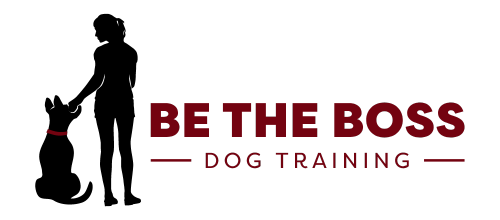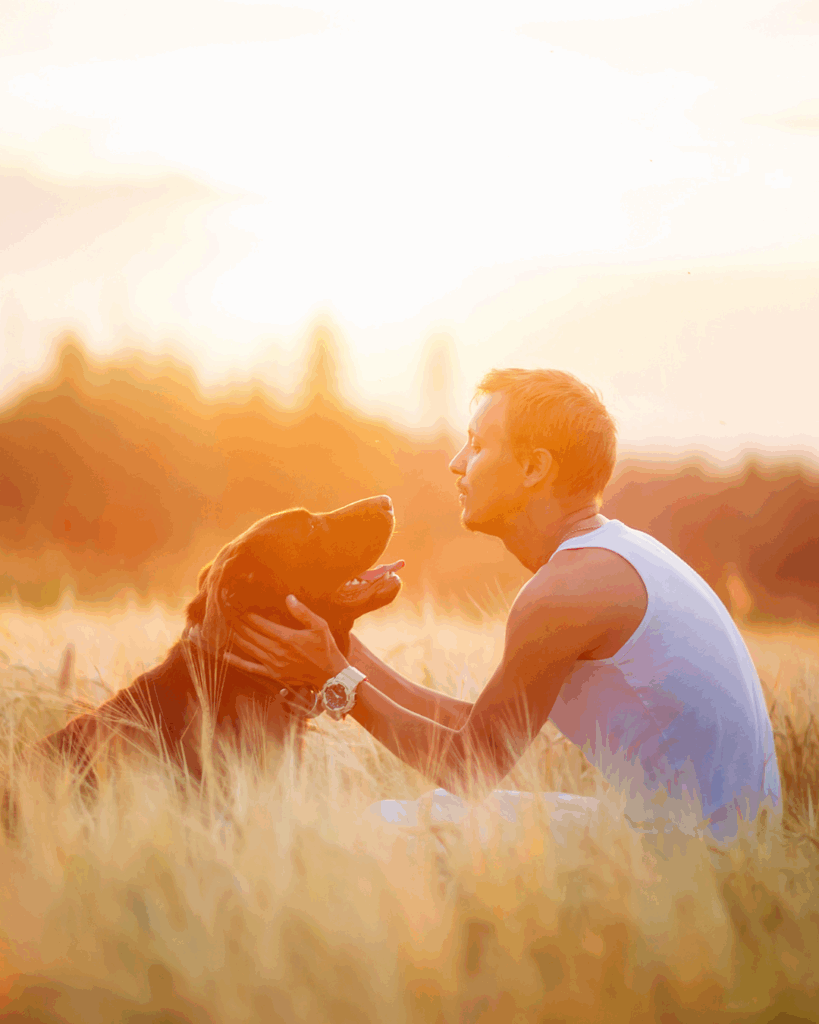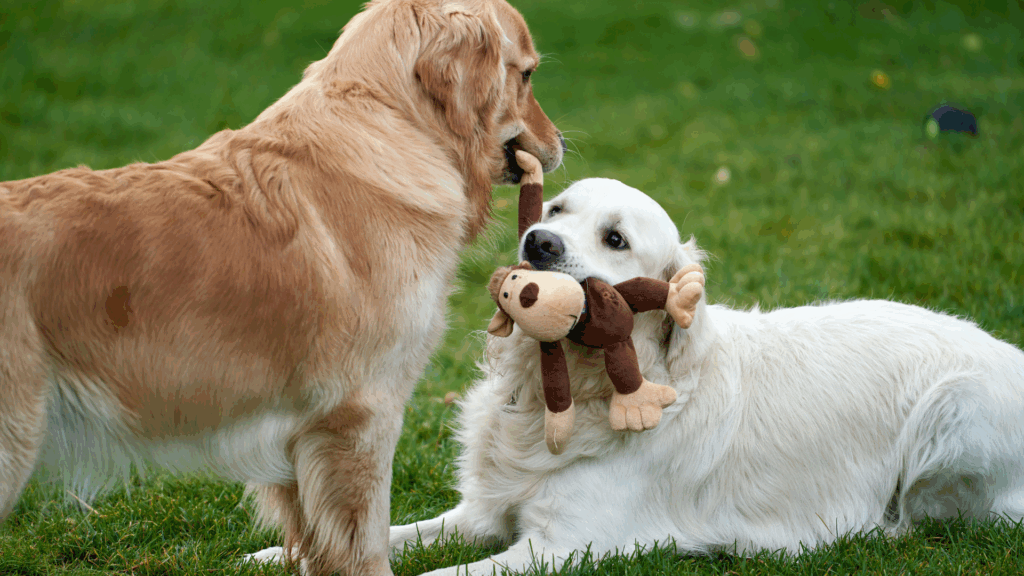We all know the sound. We’ve experienced it, or else we’ve witnessed it. The hoarse, raspy breathing of a dog that is pulling on their collar and choking themselves on a walk. I experienced it firsthand. And I made the same mistake that you made…
I went and bought a harness. (Gasp!)
After all, I love my dog and I don’t want them choking. A harness does stop a dog from choking…but it doesn’t stop a dog from pulling. It makes it worse. (Side note: Harnesses were made to help dogs pull. Think Iditarod.)
I know what you’re thinking: “Well thanks, Bethany! That leaves me with no options for my dog. You’ve just condemned me for using a harness, so my only other option is to go back to choking my dog on a collar? You’re a lot of help!”
Before you round up the village people to storm my castle, what if I told you there was another option? And it would stop the pulling altogether, in just a few seconds? Don’t believe me? Check out the video below…then keep reading!
Astonished? So was I when I first found out what a prong collar could do. I felt astonished and grateful when it worked on my dogs, and I still feel that way when I stop the frustration between other owners and their dogs.
So, unless you are preparing to race in the Iditarod…get rid of that harness!
For other training issues try my self-help videos or email me here with any questions. Don’t pass up on advice that works!
Photo Courtesy Of: www.topdogtips.com





